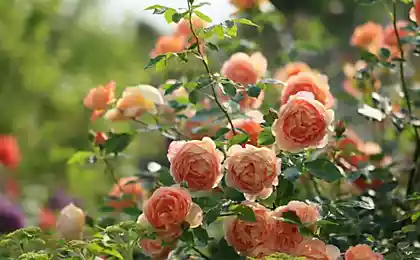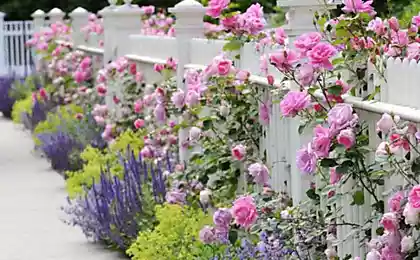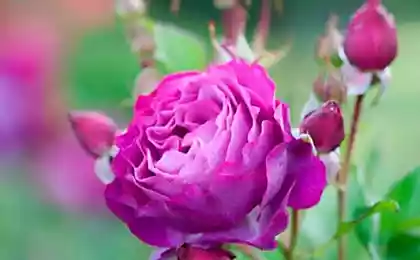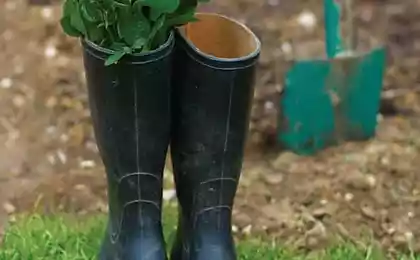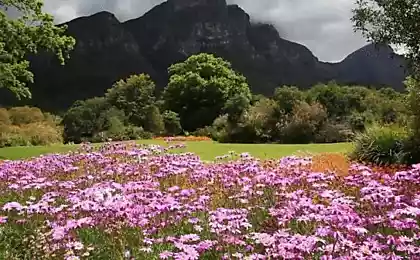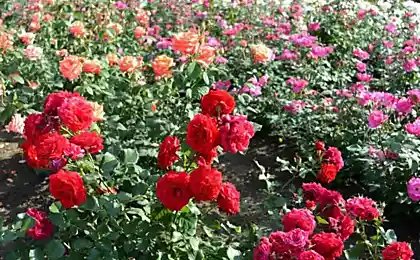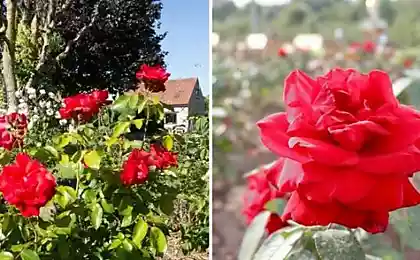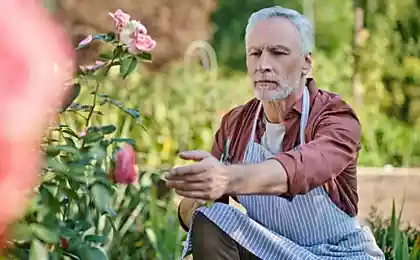438
Hardening of the roses: 6 useful tips
1. Great importance for the successful wintering of roses has prior training them in the summer-autumn period. Listopadowe some types of roses — a sign of their preparedness for the winter, and Vice versa, remaining in the winter the leaves indicate the incompleteness of the annual cycle of development. So roses with persistent foliage require an artificial preparation for winter.
2. Hardening of the roses. Complex physiological processes, making the roses more resistant to low temperatures, called their hardening, or quenching. Hardening of cultivated garden plants undergoes two stages. On the ground they accumulate the sugar, the second, there is some dehydration in the cells, increasing the amount of hydrophilic colloids and colloid-bound water. After passing these stages, plants better tolerate cold. However, quenching — the phenomenon is reversible: when the long winter thaws positive temperature can break the resistance of plants to frost.
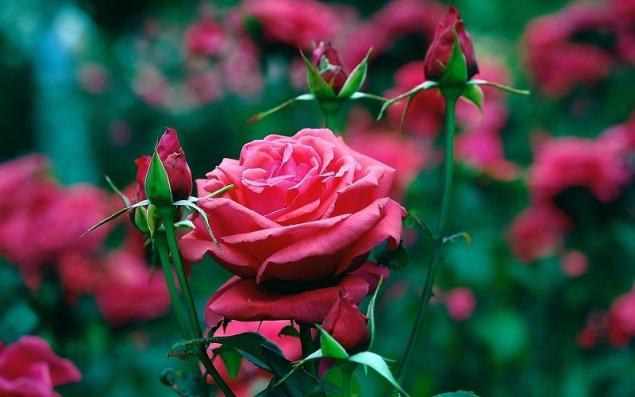
3. For hardening of the roses in late summer in the soil make phosphorus and potassium fertilizers. Hardening also contributes to the lime. Excessive loss of plant water is accompanied by a sharp violation of the metabolism and weakening its resistance to frost. Dryness is especially dangerous in areas with frequent winds.
4. The first phase of hardening takes place at roses depending on the climate at the end of the first or second half of the summer until the first frost at temperatures slightly above 0°.
5. The second phase of hardening takes place in conditions of negative temperatures: —2—8°. In the cells of tissue is further dehydrated and the transformation of starch under the influence of enzymes, protective substances — sugars and fats. Under the influence of such changes the contents of cells acquires the ability to withstand lower temperatures.
6. However, the success of conditioning depends on the meteorological conditions of the year, the timely completion of shoot growth and aging of apical buds. A good, healthy shoots and leaves were the best accumulation of carbohydrates. Fungal diseases of plants, cuttings flowers with very long stems, strong flowering before the frost, shading rose buildings, trees and shrubs greatly weaken the photosynthesis and the accumulation of protective substances.published
P. S. And remember, only by changing their consumption — together we change the world! © Join us at Facebook , Vkontakte, Odnoklassniki
Source: vk.com/rodnaya_dacha?w=wall-92403104_6371
2. Hardening of the roses. Complex physiological processes, making the roses more resistant to low temperatures, called their hardening, or quenching. Hardening of cultivated garden plants undergoes two stages. On the ground they accumulate the sugar, the second, there is some dehydration in the cells, increasing the amount of hydrophilic colloids and colloid-bound water. After passing these stages, plants better tolerate cold. However, quenching — the phenomenon is reversible: when the long winter thaws positive temperature can break the resistance of plants to frost.

3. For hardening of the roses in late summer in the soil make phosphorus and potassium fertilizers. Hardening also contributes to the lime. Excessive loss of plant water is accompanied by a sharp violation of the metabolism and weakening its resistance to frost. Dryness is especially dangerous in areas with frequent winds.
4. The first phase of hardening takes place at roses depending on the climate at the end of the first or second half of the summer until the first frost at temperatures slightly above 0°.
5. The second phase of hardening takes place in conditions of negative temperatures: —2—8°. In the cells of tissue is further dehydrated and the transformation of starch under the influence of enzymes, protective substances — sugars and fats. Under the influence of such changes the contents of cells acquires the ability to withstand lower temperatures.
6. However, the success of conditioning depends on the meteorological conditions of the year, the timely completion of shoot growth and aging of apical buds. A good, healthy shoots and leaves were the best accumulation of carbohydrates. Fungal diseases of plants, cuttings flowers with very long stems, strong flowering before the frost, shading rose buildings, trees and shrubs greatly weaken the photosynthesis and the accumulation of protective substances.published
P. S. And remember, only by changing their consumption — together we change the world! © Join us at Facebook , Vkontakte, Odnoklassniki
Source: vk.com/rodnaya_dacha?w=wall-92403104_6371
10 smart books about how to rule the world or at least yourself
Eco-friendly finishing materials: 10 tips for choosing

